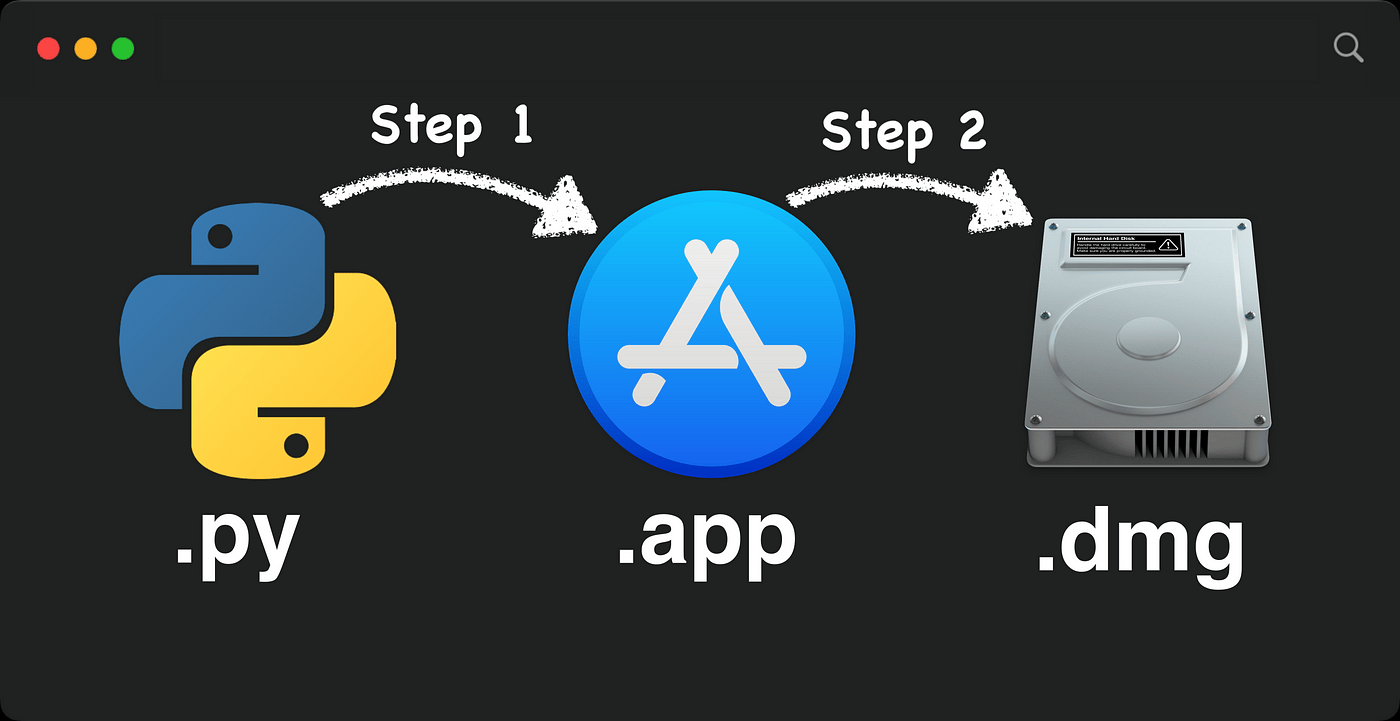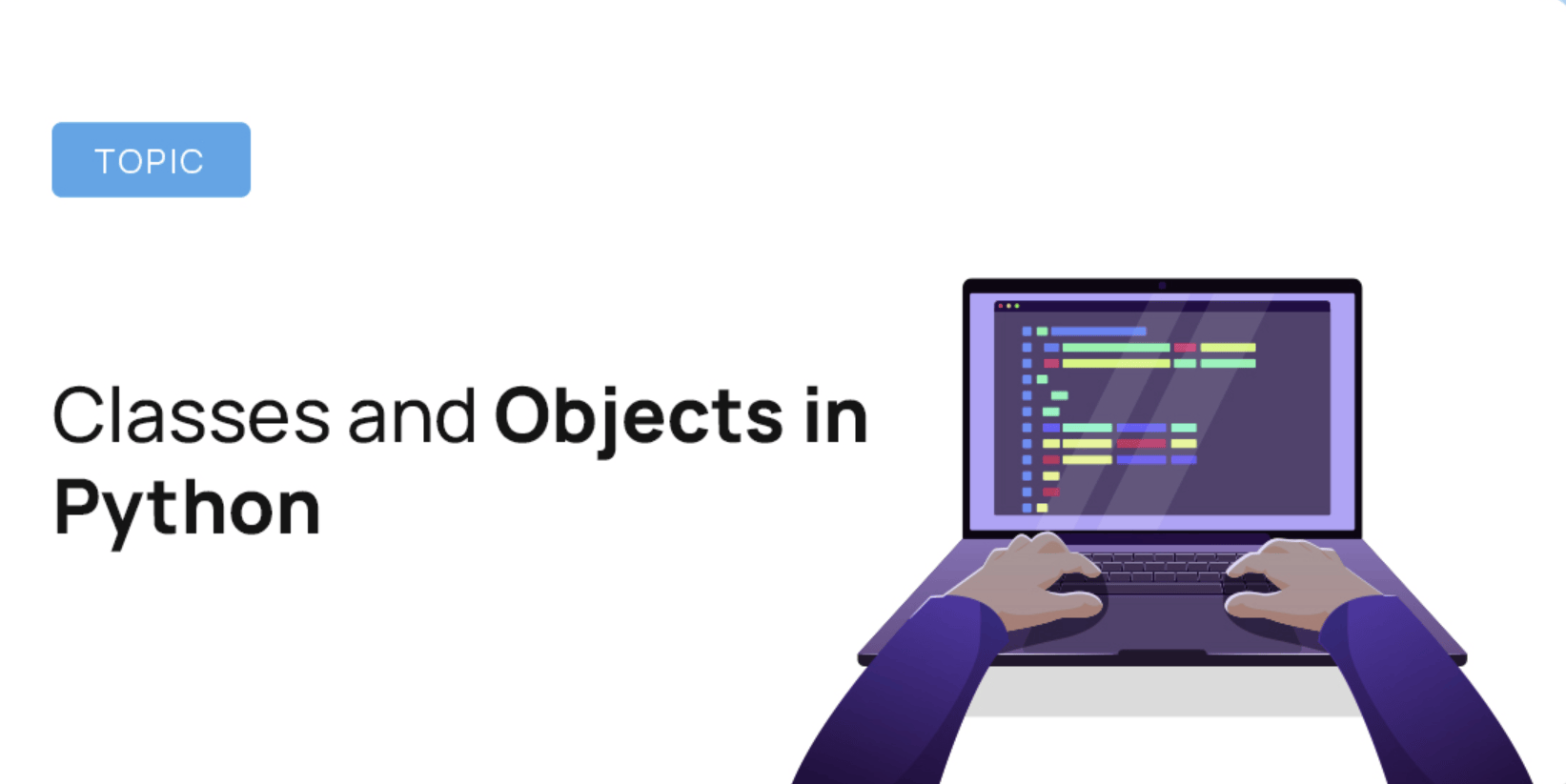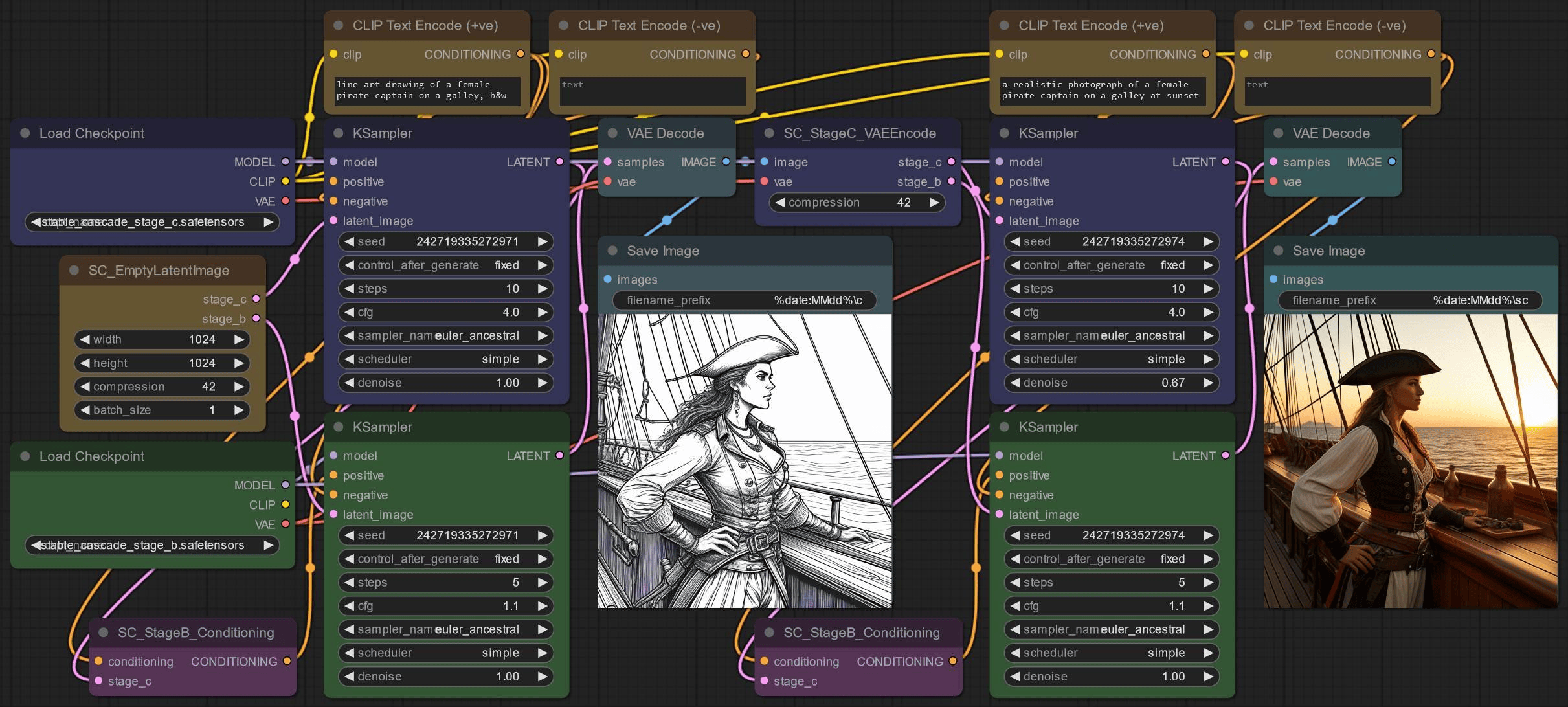Python并发编程学习
发表于更新于
字数总计:1.7k阅读时长:7分钟阅读量: 长沙
开启子进程的两种方式
方式一:
1
2
3
4
5
6
7
8
9
10
11
12
| import time
from multiprocessing import Process
def task(name):
print('{0} is running'.format(name))
time.sleep(3)
print('{0} is done'.format(name))
if __name__ == '__main__':
p = Process(target=task, args=('process001', ))
p.start()
print('here first')
|
方式二:
1
2
3
4
5
6
7
8
9
10
11
12
13
14
15
16
17
18
| import time
from multiprocessing import Process
class MyProcess(Process):
def __init__(self, name):
super().__init__()
self.name = name
def run(self):
print('{0} is running.'.format(self.name))
time.sleep(3)
print('{0} is done.'.format(self.name))
if __name__ == '__main__':
p = MyProcess('process001')
p.start()
print('here first')
|
查看进程pid和ppid
使用os模块,os.getpid()和os.getppid()
1
2
3
4
5
6
7
8
9
10
11
12
13
| import os
import time
from multiprocessing import Process
def task():
print('{0} is running'.format(os.getpid()))
time.sleep(3)
print('{0} is done'.format(os.getpid()))
if __name__ == '__main__':
p = Process(target=task,)
p.start()
print('here first', os.getpid())
|
Process对象的其它属性方法
1
2
3
4
5
6
7
8
9
10
11
12
13
14
15
16
|
p.start()
p.join()
print('main process run')
p.pid()
p.is_alive()
p.terminate()
p.name
|
使用多进程实现并发连接
弊端是没有限制连接数量。
服务端
1
2
3
4
5
6
7
8
9
10
11
12
13
14
15
16
17
18
19
20
21
22
23
24
25
26
27
| import socket
from multiprocessing import Process
def talk(conn):
while True:
try:
data = conn.recv(1024)
if not data:
break
conn.send(data.upper())
except ConnectionResetError:
break
conn.close()
def server(ip, port):
s = socket.socket(socket.AF_INET, socket.SOCK_STREAM)
s.setsockopt(socket.SOL_SOCKET, socket.SO_REUSEADDR, 1)
s.bind((ip, port))
s.listen(5)
while True:
conn, addr = s.accept()
p = Process(target=talk, args=(conn, ))
p.start()
if __name__ == '__main__':
server('127.0.0.1', 8080)
|
客户端
1
2
3
4
5
6
7
8
9
10
11
12
| import socket
client = socket.socket(socket.AF_INET, socket.SOCK_STREAM)
client.connect(('127.0.0.1', 8080))
while True:
msg = input('>>: ').strip()
if not msg:
continue
client.send(msg.encode('utf-8'))
data = client.recv(1024)
print(data.decode('utf-8'))
|
守护进程
当主进程运行结束后,子进程也跟着结束。
(运行下面的代码可以发现,task的进程还没有开始就被杀掉了。
因为主进程打印完`here first`就已经结束了,子进程也跟着一起结束)
1
2
3
4
5
6
7
8
9
10
11
12
13
| import time
from multiprocessing import Process
def task(name):
print('{0} is running'.format(name))
time.sleep(3)
print('{0} is done'.format(name))
if __name__ == '__main__':
p = Process(target=task, args=('process001', ))
p.daemon = True
p.start()
print('here first')
|
互斥锁
在一个父进程创建多个子进程的时候,为了保证子进程的运行顺序先后。
(这样效率会慢,但保证秩序)
1
2
3
4
5
6
7
8
9
10
11
12
13
14
15
16
17
| from multiprocessing import Process, Lock
import time
def task(name, mutex):
mutex.acquire()
print(f'task{name} --> 001')
time.sleep(1)
print(f'task{name} --> 002')
time.sleep(1.5)
print(f'task{name} --> 003')
mutex.release()
if __name__ == '__main__':
mutex = Lock()
for i in range(3):
p = Process(target=task, args=(str(i), mutex))
p.start()
|
比如一个抢票程序,就会用到互斥锁。多个进程访问的是同一块数据(票的余数)。
队列的使用(太tm实用了)
放内存里放数据。
1
2
3
4
5
6
7
8
9
10
11
12
13
14
15
16
| from multiprocessing import Queue
q = Queue(3)
q.put('hello')
q.put({'a': 1})
q.put([2, 2, 2])
print(q.full())
q.put(111)
q.get()
q.get()
q.get()
|
生产者消费者模型
生产者生产包子,放到queue队列容器中。
消费者往容器里取包子,互不影响。
1
2
3
4
5
6
7
8
9
10
11
12
13
14
15
16
17
18
19
20
21
22
23
24
25
26
27
28
29
30
31
32
33
34
35
|
from multiprocessing import Process, Queue
import time
def producer(q):
for i in range(1, 11):
res = f'<包子{i}>'
time.sleep(0.5)
print(f'生产者生产了{res}')
q.put(res)
def consumer(q):
while True:
res = q.get()
if not res:
break
time.sleep(1.5)
print(f'消费者吃了{res}')
if __name__ == '__main__':
q = Queue()
p1 = Process(target=producer, args=(q,))
c1 = Process(target=consumer, args=(q,))
p1.start()
c1.start()
p1.join()
q.put(None)
print('主程序启动...')
|
总结:
1.程序中有两种角色
一类负责生产数据
一类负责处理数据
2.引入生产者消费者模型为了解决
平衡生产者和消费者之间的速度差
程序解开耦合
3.如何实现
生产者←→队列←→消费者
基于网络通信的消息队列:Rabbitmq
什么是线程
把操作系统比作一家公司,进程比作公司里的各个部门,而线程则是部门里的员工。
- 每个进程至少需要一个线程(一个部门至少需要一个人)
- 同一进程内的线程共享资源
- 开启进程比开启线程的开销大
对于需要实现并发,且要共享数据的时候,就要用到多线程。
如何开启线程
1.直接使用threading模块
1
2
3
4
5
6
7
8
9
10
11
12
| import time
from threading import Thread
def task(name):
print(f'run task: {name}')
time.sleep(1)
print(f'task done: {name}')
if __name__ == '__main__':
t1 = Thread(target=task, args=('eat', ))
t1.start()
print('main task')
|
2.继承类的方式
1
2
3
4
5
6
7
8
9
10
11
12
13
14
15
16
17
18
| import time
from threading import Thread
class MyThread(Thread):
def __init__(self, name):
super().__init__()
self.name = name
def run(self):
print('run task: {0}'.format(self.name))
time.sleep(1)
print('task done: {0}'.format(self.name))
if __name__ == '__main__':
t1 = MyThread('eat')
t1.start()
print('main task')
|
Thread对象的属性方法
1
2
3
4
5
6
7
8
9
10
11
12
13
14
15
16
17
18
19
20
21
22
23
24
25
|
from threading import Thread, currentThread, active_count, enumerate
t = Thread()
t.getName()
currentThread().getName()
t.setName('线程1')
currentThread().setName('主线程1')
t.isAlive()
t.join()
print(active_count())
print(enumerate())
|
守护线程
和守护进程同理。当主线程运行结束后,子线程也会被强制结束掉。
例子一:
1
2
3
4
5
6
7
8
9
10
11
12
13
14
15
| import time
from threading import Thread
def task(name):
time.sleep(1)
print(f'run task: {name}')
if __name__ == '__main__':
t = Thread(target=task, args=('eat', ))
t.daemon = True
t.start()
print('main task')
print(t.is_alive())
|
例子二:
这里和守护进程的区别是,主线程会等到没有设置daemon的子线程结束后,才会结束。
(aaa is over 没有被打印出来)
1
2
3
4
5
6
7
8
9
10
11
12
13
14
15
16
17
18
19
20
21
22
23
24
25
26
27
28
29
| import time
from threading import Thread
def aaa():
print('aaa')
time.sleep(3)
print('aaa is over')
def bbb():
print('bbb')
time.sleep(1)
print('bbb is over')
if __name__ == '__main__':
t1 = Thread(target=aaa)
t2 = Thread(target=bbb)
t1.daemon = True
t1.start()
t2.start()
print('this is main')
"""
aaa
bbb
this is main
bbb is over
"""
|











